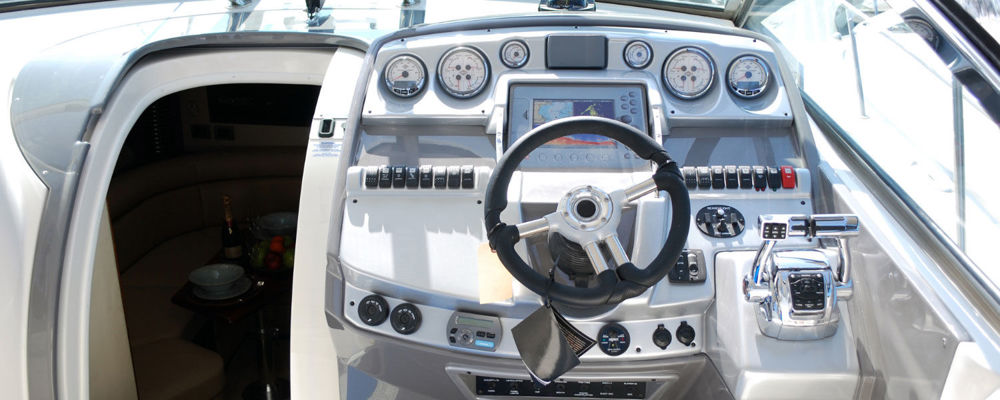
Technological innovations have made their way into every facet of our lives, and the maritime industry is no exception. From recreational boating to commercial shipping, marine electronics play a pivotal role in ensuring safety, navigation, and efficiency on the water. Whether you're a seasoned sailor or a novice seafarer, understanding marine electronics is essential for unlocking the full potential of modern maritime adventures. In this comprehensive guide, we will dive into the world of marine electronics, shedding light on their importance and exploring the key components that make up this fascinating field.
Navigating the Seas
One of the fundamental aspects of marine electronics is navigation, and at the heart of it lies the Global Positioning System (GPS) and chartplotters. GPS technology utilizes a network of satellites to precisely determine your location on the Earth's surface, allowing for accurate navigation even in the vast expanses of the open sea. Chartplotters, on the other hand, combine GPS data with electronic charts, enabling sailors to plot their course, mark waypoints, and avoid potential hazards. Understanding the capabilities of these indispensable tools is crucial for ensuring safe and efficient passage.
Sonar Systems
Beyond the surface, the marine environment hides a wealth of secrets beneath the waves. Sonar systems, including fish finders and depth sounders, are instrumental in unraveling these mysteries. Fishfinders utilize sonar technology to detect and display fish and underwater structures, helping anglers identify productive fishing grounds. Depth sounders, on the other hand, provide crucial information about water depth, ensuring vessels avoid running aground. Mastering the intricacies of sonar systems allows mariners to tap into the abundance of marine life and navigate tricky underwater terrains.
Communication at Sea
Effective communication is vital for safe and coordinated maritime operations. Very High Frequency (VHF) radios serve as the primary means of communication between vessels, harbors, and the coast guard. They allow for real-time communication, weather updates, and distress signals, ensuring a swift response in times of need. Additionally, the Automatic Identification System (AIS) provides vessel identification and position data, enhancing situational awareness and collision avoidance. Familiarizing yourself with these communication tools will enable you to stay connected and informed while exploring the vast blue expanse.
Weathering the Storm
Weather conditions can change swiftly at sea, making it crucial for mariners to monitor and interpret meteorological data accurately. Weather instruments, such as barometers, anemometers, and thermometers, provide essential real-time information about atmospheric pressure, wind speed, and temperature. Moreover, satellite-based weather services offer comprehensive weather forecasts, storm tracking, and oceanographic data, empowering sailors to make informed decisions and plan their journeys accordingly. A solid understanding of these weather-monitoring tools ensures a safer and more enjoyable voyage.
As technology continues to evolve, marine electronics evolve alongside it, providing mariners with an ever-expanding suite of tools to enhance safety, navigation, and overall seamanship. Whether you're a passionate sailor, an adventurous angler, or a curious explorer, Motomentum knows that understanding marine electronics is a good investment in your own maritime prowess.

